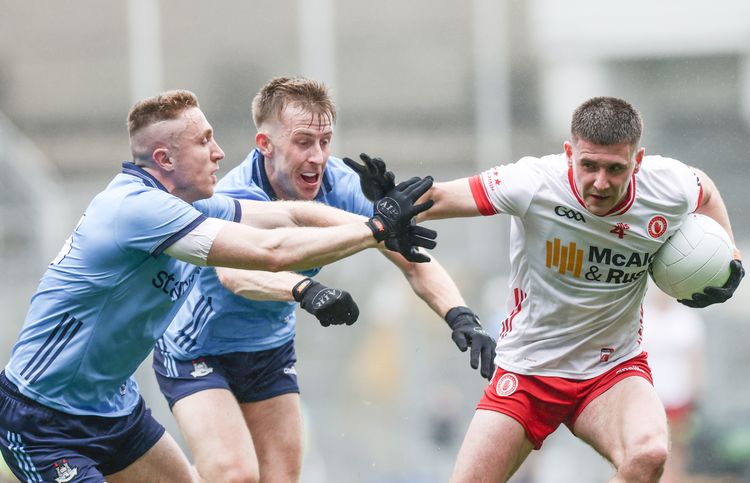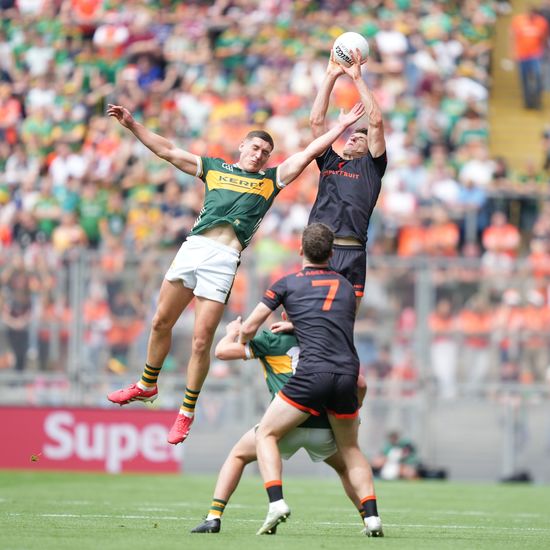O’Rawe’s tale is based on a real life bank heist
By Richard O’Rawe
“So, Ricky, what did you do with the money?”
This was the opening shot from BBC reporter, William Crawley, after he had introduced my new book “Northern Heist.”
Of course, William had a giveaway grin on his face when he posed that question.
My answer was equally jovial: “William, have you any idea how much an island in the Indian Ocean is these days?’
The money to which William was referring was the £26.5 million that was stolen from the Northern Bank in Belfast, in what was known as a “tiger-kidnapping” robbery, on December 20, 2004.
A tiger-kidnapping is so-called because the kidnappers stalk their victims’ every move before pouncing.
Also, it is a deviation from the old-fashioned stick-up in that the kidnappers’ MO is to hold a family hostage to coerce a family member, usually a banker, to go to work the next day and bring out large amounts of money to them, whereupon the family members are released.
It is worth noting that William’s light-hearted approach was premised on the fact that in 1977, I had been sentenced to eight years imprisonment for robbing a Northern Bank for the IRA.
Around 2004-05, there was an embarrassing glut of tiger-kidnappings robberies in Ireland, and in the North in particular. At Makro Cash-and-Carry in West Belfast, £1 million worth of cigarettes, alcohol, and electrical goods were stolen.
In another tiger-kidnapping robbery, £1 million worth of cigarettes were stolen from a depot in Belfast docks.
Then, on December 20, 2004, a gang held the families of two executives of the Northern Bank headquarters in Belfast hostage and forced the two bank employees to wheel £26.5 million into the street in trolleys, where the gang had a lorry waiting to take away the money. There was so much money, the gang had to do two runs.
Within hours of the massive heist, then Taoiseach Bertie Ahern was blaming the IRA. So too was the Secretary of State for Northern Ireland, the PSNI Chief Constable and the Garda Commissioner. The IRA denied any involvement in the robbery, the biggest at that time in Irish or British history.
A huge police investigative team offered very little in terms of retrieving the money or obtaining convictions. One of the bank officials was charged in connection with the robbery, but the charges did not stand up in court and the official was acquitted.
To date, a few hundred thousand pounds has been recovered in southern Ireland, but, despite exhaustive inquiries, the large bulk of the money remains in the hands of the robbers.
For me, the IRA’s denial that its members carried out the robbery, in conjunction with the absence of convictions, left the matter somewhat unresolved, although my instinct told me that the IRA was the only party in Ireland with the professional know-how to carry out a robbery of this size.
Still, the writer in me wanted to believe that, without convictions to augment their intelligence, it could be argued that the authorities had got it wrong. Could an ordinary decent criminal, an “ODC,” have pulled off this robbery? The prospect intrigued me. All novels begin with one solitary thought. I had just had mine.
After I had finished writing two books on the 1981 hunger strike, “Blanketmen” and “Afterlives,” I began to give serious thought to “Greed,” the working title of what eventually morphed into “Northern Heist.”
My problem was that I didn’t have the full story in my head. Also, I had written a screen play that was in development with a Dublin production company and that demanded a lot of attention. Despite my more pressing commitments, on a Friday night, I often visited the ethereal world of bank robbers and villains. Their ingenuity intrigued me.
In June, 2014, Gerry Conlon passed. He had been my life-long friend. His had been a tragic life. He had been framed by the British police for the 1974 Guildford Pub bombings in which five people died and he had spent fifteen years in British prisons for something he did not do. In October, 1979, he and his three co-accused, were released on appeal when their convictions were quashed.
Some months before he died, Gerry and I were breakfasting in Belfast city center when he had asked me to write his story from the time he was released from the Old Bailey in 1979.
I reluctantly gave my word that I would do so, but told him he would have to wait because I had other work to clear up first. He agreed. We had time, there was no rush. Neither of us knew then that he had cancer and had only months to live.
Immediately after he was interred, I began interviewing people with a view to write his biography.
Three years later, with the help of his sister, Ann and his friends, Gerry’s biography, “In the Name of the Son: The Gerry Conlon Story,” was published.
Johnny Depp, a great friend of Gerry’s, wrote the foreword in which he said “In the Name of the Son” was: “…a story of hope. It is the story of a man I loved and would have taken a bullet for…” For my part, I had kept my promise to my dear friend and it was time to get back to work.
I had a good idea of the type of person I wanted as the protagonist. He would have to be a contradictory individual inasmuch that he would be a highly-intelligent criminal who, if pushed, was capable of committing murder.
But he was a contemplative person, a man who would want to avoid violence, if possible, a rough diamond with a streak of decency in him, someone whose word, once given, was never broken.
With all these character traits bouncing off each other in my head, I decided that I wanted a name that reflected the individual I hoped to create, and so I came up with, James “Ructions” O’Hare. Ructions just seemed so appropriate because my protagonist had to be a guy who was capable of creating ructions on an industrial scale.
Writing in the Belfast Telegraph about Irish novelists, author and journalist, Malachi O’Doherty, observed that: “O’Rawe has given us one of the most daunting characters I have ever encountered in fiction – Ructions O’Hare, the master of the tiger kidnapping and surely one of the scariest men on the printed page.”
For Ructions to work, I knew that he would have to have an antagonist and so I came up with Robert “Tiny” Murdoch.
Tiny is a larger-than-life figure, a leading IRA volunteer, who has his fingers in many pies, one of which is collecting fifty percent “tax” from criminals.
Unlike most of his contemporaries, Ructions is not afraid of Tiny or the IRA. For his part, Tiny hates Ructions.
Perhaps each sees a bit of himself in the other. Certainly, both are very dangerous, natural leaders, and both are capable of planning very intricate bank jobs. Tiny’s sixth sense tells him that Ructions is planning something big, but he doesn’t know what it might be. He looks for Ruction’s weakness, for an opportunity to break the O’Hare gang’s code of omertà.
Billy, Ructions’ lieutenant, has found out that Ructions’ uncle and the boss of the firm, Johnny “Panzer” O’Hare, has been meeting Tiny. Has Ructions been double-crossed? Does Tiny and the IRA know about the upcoming bank job?
Billy thinks it unlikely. Panzer had financed and helped Ructions in the planning of the job. It was the big one, the culmination of Panzer’s life’s work. What would Panzer have to gain, Billy asks?
Ructions replies: “Billy, the question isn’t what he’d have to gain; it’s what he’d have to lose. People do things they don’t want to all the time. It’s only a matter of perspective.
“These people helping us rob the bank don’t want to be a party to their bank being robbed, but because we have the power to threaten a bigger interest in their lives than that of the bank, they’ve no choice but to help us. All it takes to make anyone do your bidding is to find their bigger interest and to own it.”
So, has Tiny found Panzer’s bigger interest? Perhaps.
Can Ructions defy the might of the IRA and pull off the robbery of the century? Maybe.
One thing is for sure: I didn’t rob the Northern Bank.
“Northern” Heist is available on Amazon and from Barnes & Noble online and also from the publisher Merrion Press at www.merrionpress.ie.









